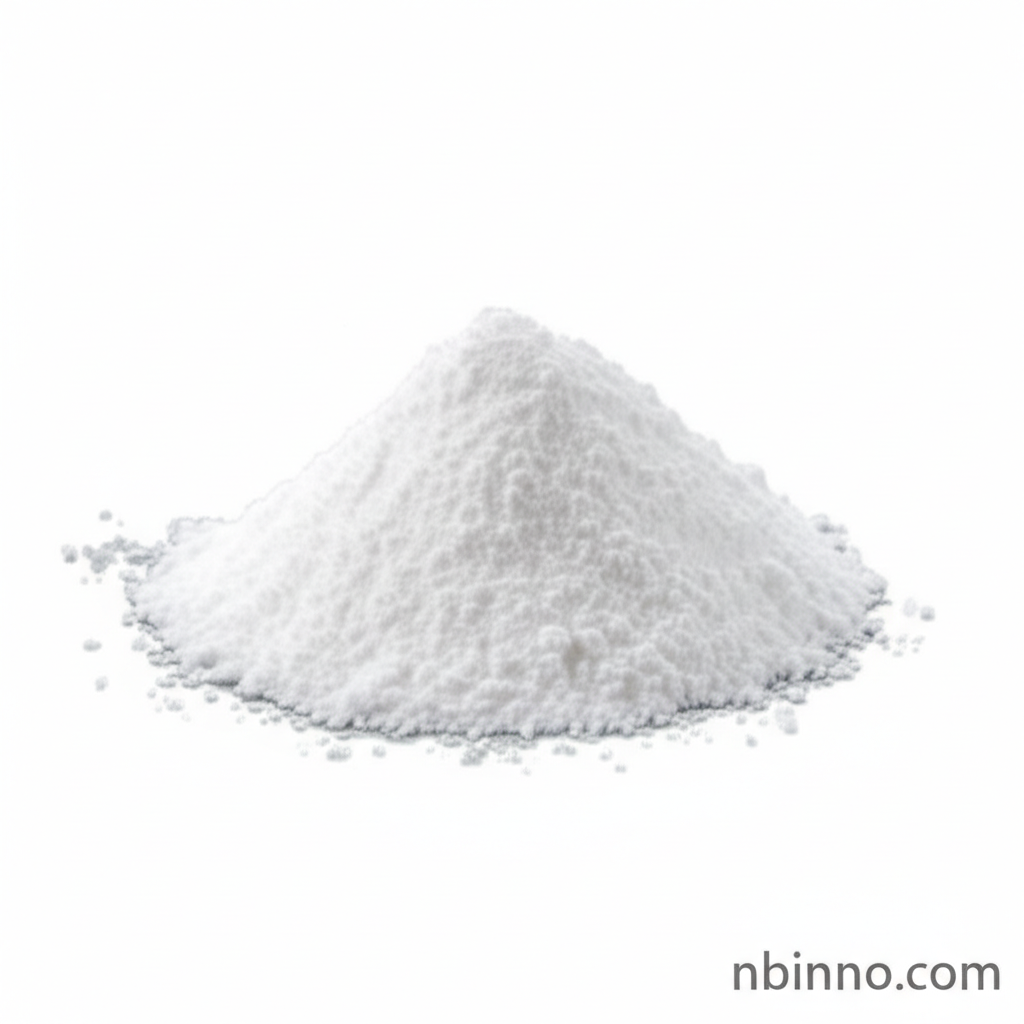High-Quality 1-(2-Nitro-4-(trifluoromethyl)phenyl)piperidine CAS: 1692-79-1: Properties, Applications, and Sourcing Guide
Discover the essential details of 1-(2-Nitro-4-(trifluoromethyl)phenyl)piperidine, a key chemical intermediate. Explore its properties, understand its applications in organic synthesis, and learn how to effectively source this compound from reliable manufacturers.
Get a Quote & SampleProduct Core Value

1-(2-Nitro-4-(trifluoromethyl)phenyl)piperidine
As a leading supplier in China, we offer high-purity 1-(2-Nitro-4-(trifluoromethyl)phenyl)piperidine (CAS: 1692-79-1). This compound is a crucial building block in various organic synthesis pathways, particularly within the pharmaceutical industry. Our commitment to quality ensures that every batch meets stringent standards, making us a trusted manufacturer in the chemical sector.
- Understand the physicochemical properties, including melting point (48-50°C) and density (1.324 g/cm3), essential for optimizing your organic synthesis processes.
- Leverage this compound as a key building block for pharmaceutical intermediate synthesis, contributing to the development of new therapeutic agents.
- Benefit from our reliable sourcing and supply chain, ensuring consistent availability for your research and development needs, whether you need to buy it in small or bulk quantities.
- Explore the applications of fluorinated organic compounds and heterocyclic structures in advanced chemical research, facilitated by this versatile intermediate.
Advantages You'll Get
High Purity & Quality Assurance
We guarantee a purity of 95% or higher for our 1-(2-Nitro-4-(trifluoromethyl)phenyl)piperidine, backed by rigorous quality control measures, making it a dependable choice for demanding applications in chemical synthesis.
Expertise in Chemical Synthesis
Our deep understanding of organic chemistry and experienced team allows us to provide not just products, but also support for your custom synthesis needs, leveraging expertise in fluorinated intermediates.
Reliable Supply Chain Management
As a prominent manufacturer in China, we ensure a stable and timely supply of this critical pharmaceutical intermediate, helping you avoid disruptions in your production or research timelines.
Key Applications
Pharmaceutical Development
As a key pharmaceutical intermediate, this compound plays a vital role in the synthesis of active pharmaceutical ingredients (APIs) and novel drug candidates, supporting breakthroughs in medicine.
Advanced Organic Synthesis
Its unique structure makes it an invaluable building block for complex organic molecules, enabling researchers to explore new reaction pathways and molecular architectures in organic chemistry.
Material Science Research
Fluorinated organic compounds and heterocyclic structures are increasingly important in material science; this compound can serve as a precursor for advanced materials with tailored properties.
Chemical Research & Development
Researchers in academic and industrial settings utilize this compound for various R&D projects, including exploring new synthetic methodologies and investigating structure-activity relationships.
